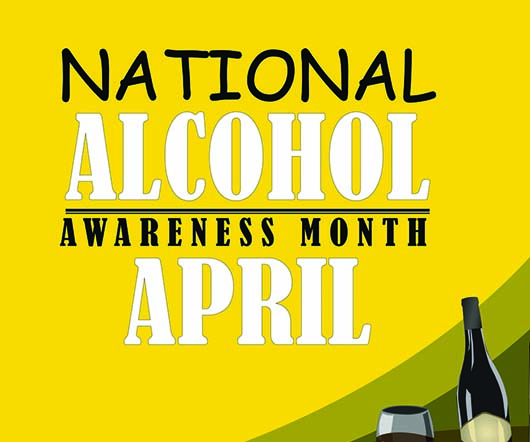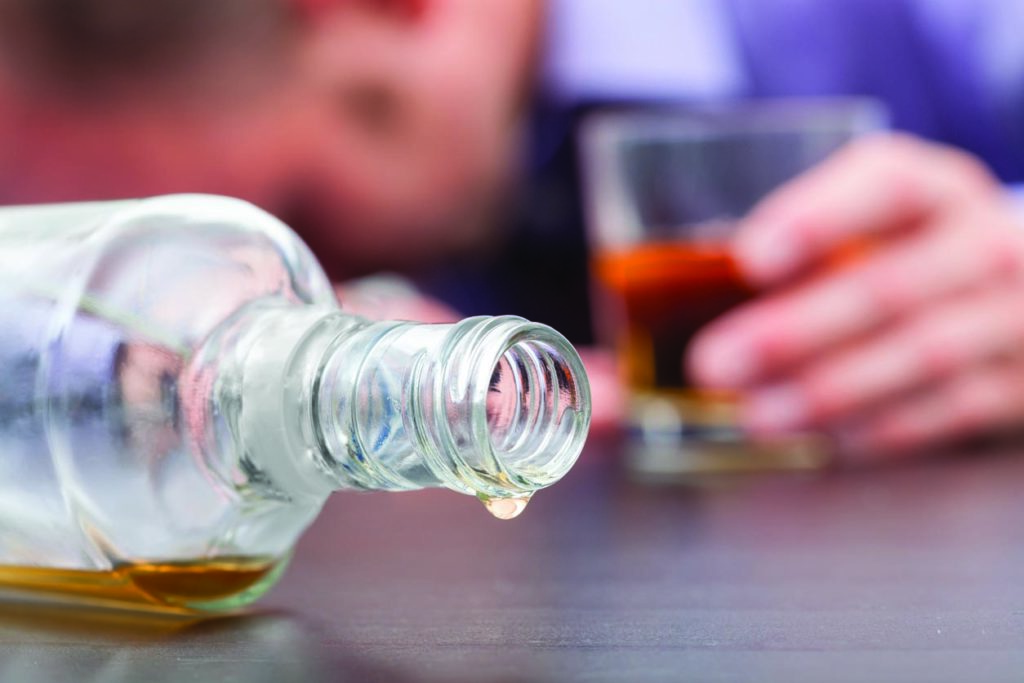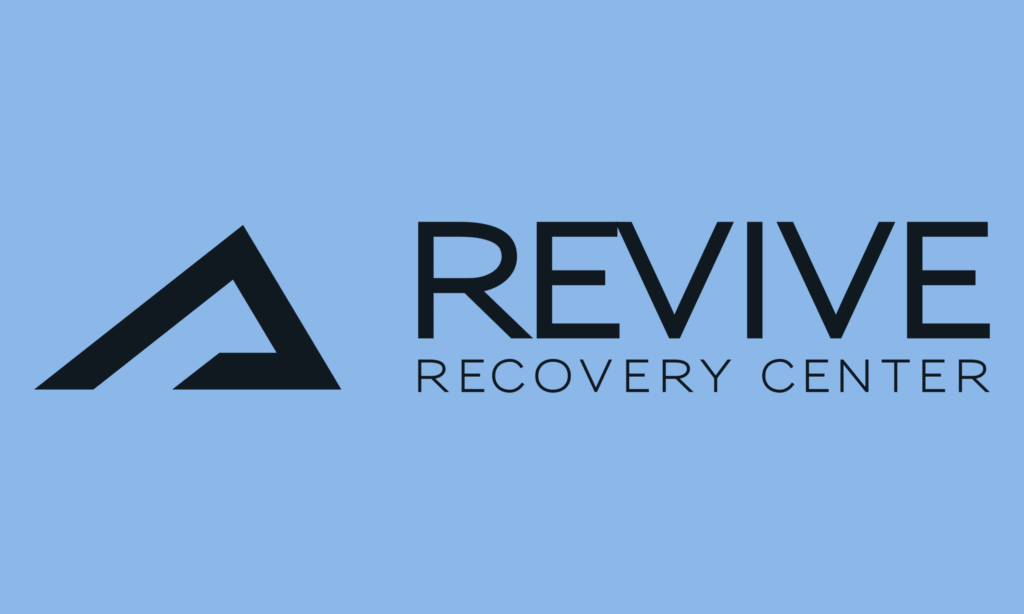The National Institute on Alcohol Abuse and Alcoholism (NIAAA) defines binge drinking as a pattern of drinking alcohol that brings blood alcohol concentration (BAC) to 0.08 percent—or 0.08 grams of...
The National Institute on Alcohol Abuse and Alcoholism (NIAAA) defines binge drinking as a pattern of drinking alcohol that brings blood alcohol concentration (BAC) to 0.08 percent—or 0.08 grams of alcohol per deciliter—or higher.
How Common is Binge Drinking?
According to the 2018 National Survey on Drug Use and Health, 25 percent of people in the United States ages 12 and older reported binge drinking during the past month.2 While binge drinking is a concern among all age groups, there are important trends in the following age groups:
Preteens and Teens
Rates in binge drinking among young people have been steadily decreasing in the last decade. Still, according to 2019 data from the Monitoring the Future survey, 3.8 percent of 8th graders, 8.5 percent of 10th graders, and 14.4 percent of 12th graders reported binge drinking in the past 2 weeks.
Young adults
Among young adults, rates of binge drinking have been decreasing steadily in the past decade. However, rates among this group are still high; according to 2018 data from Monitoring the Future, 28 percent of college students and 25 percent of non-college, age-matched young adults reported binge drinking in the past 2 weeks.
Older Adults
Binge drinking is on the rise among older adults—more than 10 percent of adults ages 65 and older reported binge drinking in the past month,and the prevalence is increasing. The increase is of particular concern because many older adults use medications that can interact with alcohol, have health conditions that can be exacerbated by alcohol, and may be more susceptible to alcohol-related falls and other accidental injuries.
Women
The number of women who binge drink has increased. Studies show that among U.S. women who drink, about one in four has engaged in binge drinking in the last month, averaging about three binge episodes per month and five drinks per binge episode. These trends are concerning as women are at an increased risk for health problems related to alcohol misuse.
Consequences
While any amount of alcohol can carry certain risks, crossing the binge threshold increases the risk of acute harm, such as blackouts and overdoses. It increases the likelihood of unsafe sexual behavior and the risk of sexually transmitted infections and unintentional pregnancy. Because of the impairments it produces, binge drinking also increases the likelihood of potentially deadly consequences, including falls, burns, drownings, and car crashes.
Alcohol affects virtually all tissues in the body. Data suggest that even one episode of binge drinking can compromise function of the immune system and lead to acute pancreatitis (inflammation of the pancreas) in individuals with underlying pancreatic damage. Excessive alcohol use, including repeated episodes of binge drinking, over time contributes to liver and other chronic diseases, as well as increases in the risk of several types of cancer, including head and neck, esophageal, liver, breast, and colorectal cancers.
Overall, of the roughly 88,000 deaths that result from alcohol use in the United States each year, more than half stem from binge drinking, and binge drinking accounts for 77 percent ($191.1 billion) of the annual economic cost of alcohol misuse.
Binge Drinking and Adolescents
Brain development, once thought to taper off at the end of childhood, enters a unique phase during the adolescent years. Research indicates repeated episodes of binge drinking during teen years can alter the trajectory of adolescent brain development and cause lingering deficits in social, attention, memory, and other cognitive functions.
“High-Intensity” Drinking
“High-intensity drinking” is defined as alcohol intake at levels twice or more the gender-specific threshold for binge drinking. This dangerous drinking pattern means 8 or more drinks for women and 10 or more drinks for men on one occasion. Research suggests that high-intensity drinking peaks around age 21 and is most common among young adults attending college.
For more information about binge drinking, alcohol use disorder, and available evidence-based treatments, please visit Rethinking Drinking and the NIAAA Alcohol Treatment Navigator. (https://www.niaaa.nih.gov/




























